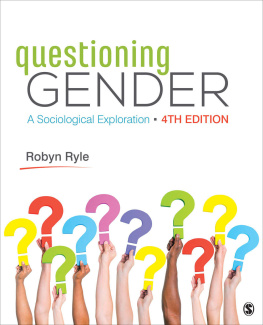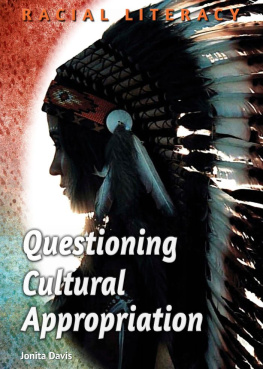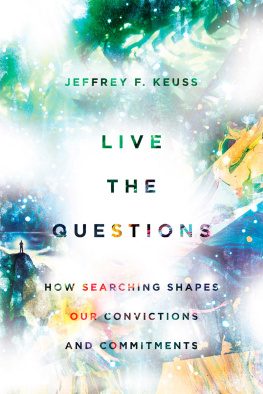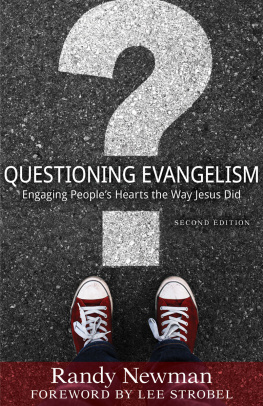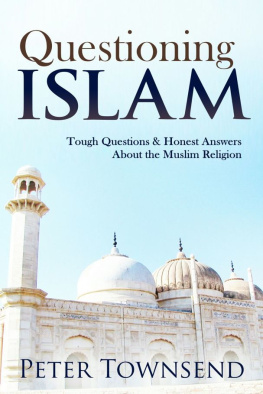Find Out Anything From Anyone, Anytime
Find Out Anything From Anyone, Anytime
SECRETS OF CALCULATED QUESTIONING FROM A VETERAN INTERROGATOR
James O. Pyle and Maryann Karinch
Foreword By
Gregory Hartley, coauthor
of How to Spot a Liar

Copyright 2014 by James O. Pyle and Maryann Karinch
All rights reserved under the Pan-American and International Copyright Conventions. This book may not be reproduced, in whole or in part, in any form or by any means electronic or mechanical, including photocopying, recording, or by any information storage and retrieval system now known or hereafter invented, without written permission from the publisher, The Career Press.
FIND OUT ANYTHING FROM ANYONE, ANYTIME
EDITED AND TYPESET BY KARA KUMPEL
Cover design by Howard Grossman/12E Design
Printed in the U.S.A.
To order this title, please call toll-free 1-800-CAREER-1 (NJ and Canada: 201-848-0310) to order using VISA or MasterCard, or for further information on books from Career Press.

The Career Press, Inc.
220 West Parkway, Unit 12
Pompton Plains, NJ 07444
www.careerpress.com
Library of Congress Cataloging-in-Publication Data
Pyle, James O., 1950
Find out anything from anyone, anytime : secrets of calculated questioning from a veteran interrogator / by James O. Pyle and Maryann Karinch.
pages cm
Includes bibliographical references and index.
ISBN 978-1-60163-298-2 -- ISBN 978-1-60163-493-1 (ebook)
1. Interpersonal communication. 2. Questioning. 3. Inter viewing. I. Karinch, Maryann. II. Title.
BF637.C45P95 2014
158.39--dc23
2013040946
Dedications
JIM PYLE
To my grandpa William Owen Stump Bagby, who made my childhood special.
To Bob Brubaker, an old-Hollywood actor and keen salesman who made me pay attention to myself and my talents.
To Ken Hobson, a superb U.S. Army student who paid the supreme price as a soldier and intelligence professional in Tanzania in 1998.
MARYANN KARINCH
To my mother, brother, Jim, and Greg Hartley.
Acknowledgments
JIM PYLE
I want to thank Greg Hartley, a most insightful and intriguing individual and friend, for his kind Foreword, and Maryann Karinch, for expanding my concepts and understanding of good questioning and making my oral teaching presentations, concepts, and formulas a clear and interesting read. For my good wife, Deborah, who still believes in me nearly a quarter century later, and my five natural born interrogators, Jimmy James, Corrie Anna, Sharon Marie, Jamie Dale Dorothea, and Megan Marie Louise Pyle, for demonstrating the curiosity and discovery that I finally recaptured for myself and have delivered to you, dear reader, to consider and hopefully enhance your careers and life.
Among the band of brothers and sisters who defend this great land, I am but a stepchild. I offer my most heart-felt thanks and respect to the thousands of U.S. military, special warfare, intelligence agency, and wounded warrior students it has been my humble privilege to stand before and teach the art of Human Intelligence Collection. Thank you for your attention, your service, and your sacrifices every day and from now on.
MARYANN KARINCH
Thanks to my curious and unflappable coauthor, Jim Pyle, and the great friend and colleague who brought us together and contributed so much to this book, Greg Hartley. As always, I want to tell Jim McCormick, my mom, and my brother how much I appreciate their consistent support and helpful insights. Thank you to the other contributors to this book whom I know personallyJudith Bailey, Dr. David Sherer, Dr. Bob Domeier, Jeff Toister, Susan RoAne, Peter Earnest, and Dr. Haven Caylor and his angelic, smart, and spirited children Carter and Ammon Caylor-Brownas well as those I dont know, but whose diligent questioning I appreciate, especially NPRs Terry Gross, Fox Newss Chris Wallace, Staff Sergeant Eric Maddox, and Jamie McKenzie of From Now On. Thanks also to Colonel Harry R. Bailey (Ret.) for hosting the series of meetings Jim and I had when we launched our work together. I also greatly appreciate the support from Career Press; the team supporting us on this venture is tremendous: Adam Schwartz, Michael Pye, Kirsten Dalley, Laurie Kelly-Pye, Karen Roy, Allison Olsen, Ron Fry, Kara Kumpel, and Jeff Piasky.
Contents
by Gregory Hartley
Foreword
by Gregory Hartley
Throughout my business career, I have watched people interviewing new candidates or trying to resolve a problem by turning what should be a dynamic conversation into a checklist: Do you have any, like a game of Go Fish. I say to these people, You are talking at people, not to them. Because business is a subset of life, there is no surprise I find people doing the same thing in their personal lives. Because of my background in human behavior, more than one of these people has asked me to write a book about information discovery to help guide their conversations with customers and others. When Jim and I were talking about his concept for this book, I shared with him how desperately people need these skills.
When I first met Jim, he was already an interrogator in the U.S. Armys 82nd Airborne Division, returning to Monterey, California, to learn Arabic. I had not yet been trained as an interrogator. We spent most of two years there in Arabic school together, and along the way I got to know Jim well. He was among the brightest folks I met in the Army, and he had the added advantage of diverse work experiences prior to becoming an interrogator. He would constantly make observations about a person based on the words he or she chose. He would ask why more than any adult I had met. I assumed going to interrogation school would make me understand everything Jim had talked about.
When I left language school, it was off to interrogation school where Jim was an instructor. In interrogation school, you spend most of your time on two things: approaches, or how to get someone to break; and questioning, or how to get their information. Most people can get through the approaches portion of this training with lackluster performance, but questioning separates the successful interrogators from the failures. There is just no way to fake questioning; you need a logical mind, a clear plan, and a whole lot of curiosity about what and why. Without that curiosity it just turns into a checklist, or sort of a high-stakes game of Go Fish. Jim was a dynamic instructor with a spark for teaching people to think about why someone was saying something rather than to give a rote response and ask the next question on the list.
Jim would rely on that razor-sharp insight and a steady flow of source-driven questions to exploit the story so effectively that the questioning itself became the approach. Through many years I have watched Jim perfect his style of questioning to the point that it is his art in the interrogation room.
When I left interrogation school, I realized Jims style was not the product of 18 weeks of training, but of a varied background overlaid with that basic skill set and used in the intelligence business and daily life. This created an understanding of how to talk to people in a productive manner and turn even a mundane conversation into a fluid one. There is no better person to write a book about discovery than Jim Pyle.
Next page

